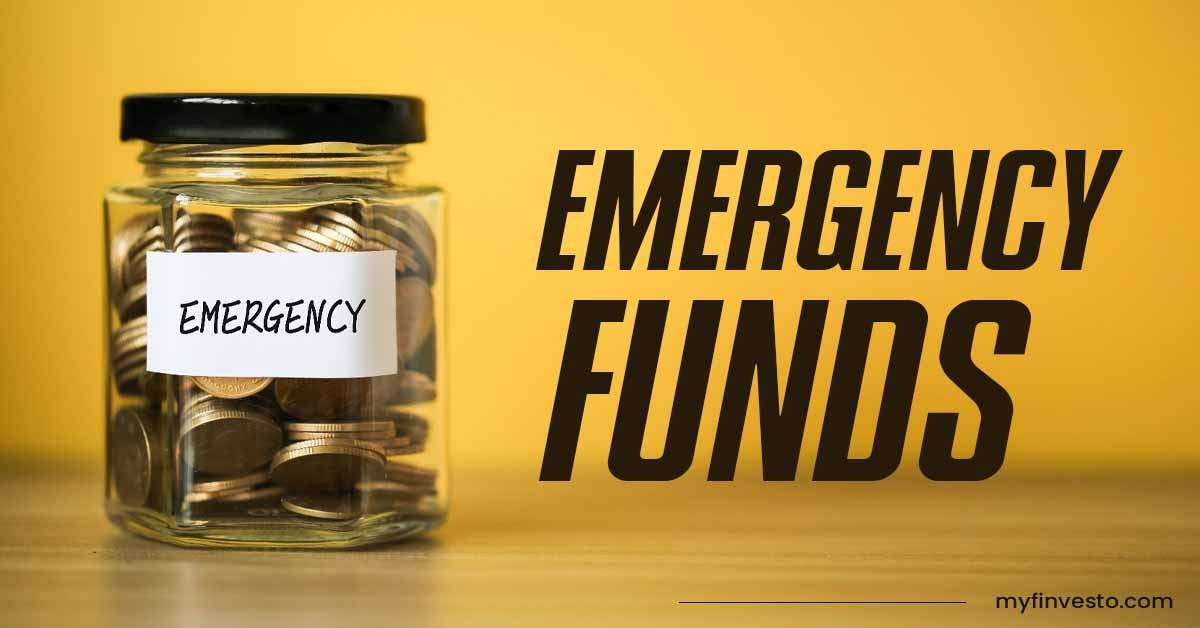In today’s unpredictable world, having a financial safety net is more important than ever. An emergency fund is a crucial part of any solid financial plan, providing a cushion to cover unexpected expenses like medical bills, car repairs, or sudden job loss. In this detailed guide, we’ll walk you through the steps to build and maintain an emergency fund effectively.
What is an Emergency Fund?
An emergency fund is a savings account specifically set aside for unforeseen expenses. It acts as a financial buffer, allowing you to manage emergencies without relying on high-interest credit cards or loans. Financial experts typically recommend having three to six months’ worth of living expenses in your emergency fund.
Why You Need an Emergency Fund
1. Financial Security
An emergency fund provides peace of mind, knowing you have a financial safety net. It reduces the stress associated with unexpected expenses and helps you avoid debt.
2. Flexibility and Freedom
Having a robust emergency fund gives you the flexibility to handle emergencies without disrupting your long-term financial goals. It also provides the freedom to make decisions, like taking a career break or moving to a new city, without financial strain.
3. Avoiding High-Interest Debt
Without an emergency fund, unexpected expenses can force you to rely on credit cards or loans, leading to high-interest debt. An emergency fund helps you avoid this financial pitfall.
Steps to Build an Emergency Fund
1. Assess Your Current Financial Situation
Start by evaluating your current financial situation. Calculate your monthly living expenses, including rent/mortgage, utilities, groceries, transportation, insurance, and other essential costs. This will help you determine how much you need to save.
2. Set a Savings Goal
Based on your monthly expenses, set a savings goal for your emergency fund. Aim to save at least three to six months’ worth of living expenses. For example, if your monthly expenses are $3,000, your goal should be between $9,000 and $18,000.
3. Create a Budget
A budget is essential for building an emergency fund. Track your income and expenses to identify areas where you can cut back and allocate more money towards savings. Use budgeting apps or spreadsheets to simplify this process.
4. Open a Separate Savings Account
Keep your emergency fund in a separate, easily accessible savings account. This prevents you from dipping into the fund for non-emergencies and ensures the money is available when you need it.
5. Automate Your Savings
Set up automatic transfers from your checking account to your emergency fund savings account. Automating your savings ensures consistency and helps you build your fund faster without relying on manual transfers.
6. Cut Unnecessary Expenses
Review your spending habits and identify areas where you can cut back. Consider canceling unused subscriptions, dining out less frequently, or shopping for sales and discounts. Redirect the money saved towards your emergency fund.
7. Increase Your Income
Look for opportunities to boost your income. This could include taking on a side gig, freelancing, or asking for a raise at work. Any additional income can be funneled into your emergency fund.
8. Save Windfalls
When you receive unexpected money, such as tax refunds, bonuses, or gifts, save a portion of it in your emergency fund. Windfalls can significantly boost your savings and help you reach your goal faster.
Tips for Maintaining Your Emergency Fund
1. Replenish After Use
If you need to dip into your emergency fund, prioritize replenishing it as soon as possible. Adjust your budget temporarily to allocate more money towards rebuilding your fund.
2. Regularly Review and Adjust
Periodically review your emergency fund to ensure it still meets your needs. As your expenses and financial situation change, adjust your savings goal accordingly.
3. Keep It Separate
Avoid the temptation to use your emergency fund for non-emergencies. Keep it separate from other savings to maintain its integrity.
4. Continue Saving
Even after reaching your emergency fund goal, continue saving. Building additional savings can provide even greater financial security and help you achieve other financial goals.
Conclusion
Building and maintaining an emergency fund is a critical step in achieving financial stability and security. By assessing your financial situation, setting a savings goal, creating a budget, and automating your savings, you can build a robust emergency fund. Regularly review and adjust your fund to ensure it meets your needs, and avoid using it for non-emergencies. With a well-maintained emergency fund, you’ll be better prepared to handle life’s unexpected challenges without financial stress.
By following these steps and tips, you can establish a solid financial foundation and protect yourself from unforeseen expenses. Start building your emergency fund today and enjoy the peace of mind that comes with financial security.
